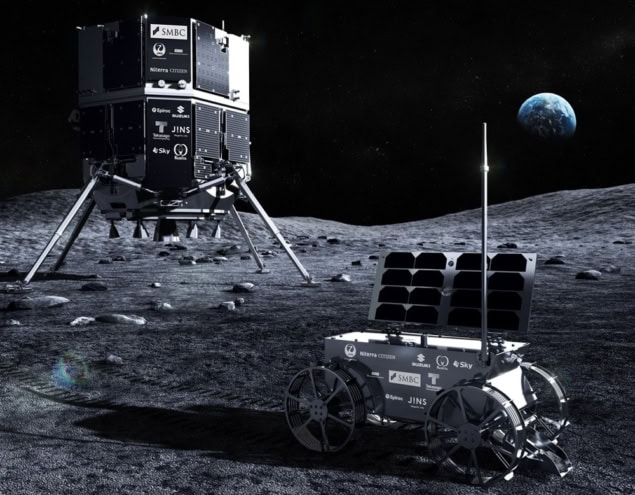
The Japanese firm ispace has suffered another setback after its second attempt to land on the Moon ended in failure yesterday. The Hakuto-R Mission 2, also known as Resilience, failed to touch down near the centre of Mare Frigoris (sea of cold) in the far north of the Moon after a sensor malfunctioned during descent.
Launched on 15 January from the Kennedy Space Center, Florida, aboard a SpaceX Falcon 9 rocket, the craft spent four months travelling to the Moon before it entered lunar orbit on 7 May. It then spent the past month completing several lunar orbital manoeuvres.
During the descent phase, the 2.3 m-high lander began a landing sequence that involved firing its main propulsion system to gradually decelerate and adjust its attitude. ispace says that the lander was confirmed to be nearly vertical but then the company lost communication with the craft.
The firm concludes that the laser rangefinder experienced delays attempting to measure the distance to the lunar surface during descent, meaning that it was unable to decelerate sufficiently to carry out a soft landing.
“Given that there is currently no prospect of a successful lunar landing, our top priority is to swiftly analyse the telemetry data we have obtained thus far and work diligently to identify the cause,” noted ispace founder and chief executive officer Takeshi Hakamada in a statement. “We strive to restore trust by providing a report of the findings.”
The mission was planned to have operated for about two weeks. Resilience featured several commercial payloads, worth $16m, including a food-production experiment and a deep-space radiation probe. It also carried a rover, dubbed Tenacious, which was about the size of a microwave oven and would have collected and analysed lunar regolith.
The rover would have also delivered a Swedish artwork called The Moonhouse – a small red cottage with white corners – and placed it at a “symbolically meaningful” site on the Moon.
Lunar losses
The company’s first attempt to land on the Moon also ended in failure in 2023 when the Hakuto-R Mission 1 crash landed despite being in a vertical position as it carried out the final approach to the lunar surface.
The issue was put down to a software problem that incorrectly assessed the craft’s altitude during descent. Private Japanese lunar craft Hakuto-R crashes on landing
If the latest attempt was a success, ispace would have joined the US firms Intuitive Machines and Firefly Aerospace, which both successfully landed on the Moon last year and in March, respectively.
The second lunar loss casts doubt on ispace’s plans for further lunar landings and its grand aim of establishing a lunar colony of 1000 inhabitants by the 2040s.



